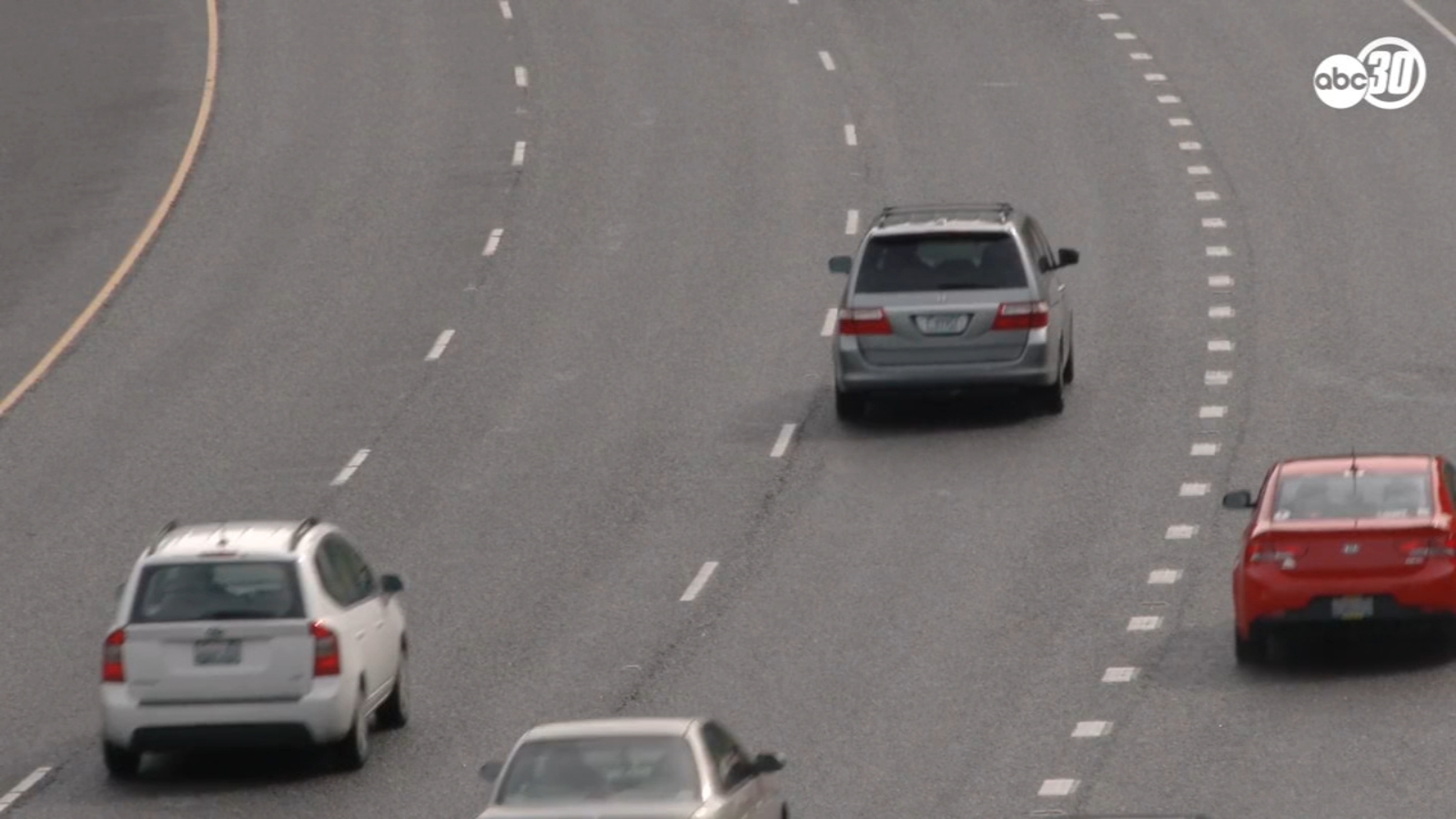I was reading about FSD and came across this for Beta 11.3.1:
“Speaking of speed, the option to set your Autopilot speed to an absolute value over the speed limit has been removed. You used to be able to set Autopilot to travel 10 mph over the posted speed limit, which would apply in all cases. However, you'll now have to use the 'relative' option, which lets you choose a percentage value to travel above the limit. So choosing a 15% offset will let the vehicle travel at about 35 mph in a 30 zone, while in a 65 mph zone, the vehicle will travel up to 75 mph.”
This makes we wonder if Tesla engineers get out much. Yet again Tesla is taking away something that is already in place and is, therefore, removing the ability of its customers to choose. Let’s hope they see the light before making this idiotic change.
“Speaking of speed, the option to set your Autopilot speed to an absolute value over the speed limit has been removed. You used to be able to set Autopilot to travel 10 mph over the posted speed limit, which would apply in all cases. However, you'll now have to use the 'relative' option, which lets you choose a percentage value to travel above the limit. So choosing a 15% offset will let the vehicle travel at about 35 mph in a 30 zone, while in a 65 mph zone, the vehicle will travel up to 75 mph.”
This makes we wonder if Tesla engineers get out much. Yet again Tesla is taking away something that is already in place and is, therefore, removing the ability of its customers to choose. Let’s hope they see the light before making this idiotic change.



